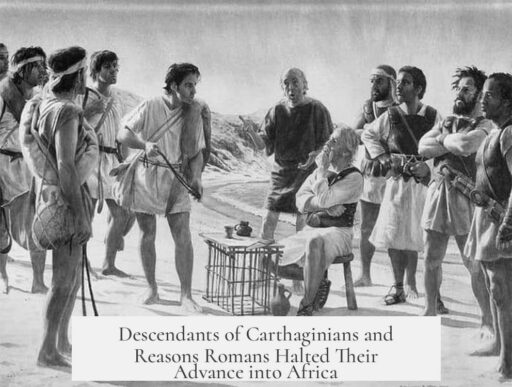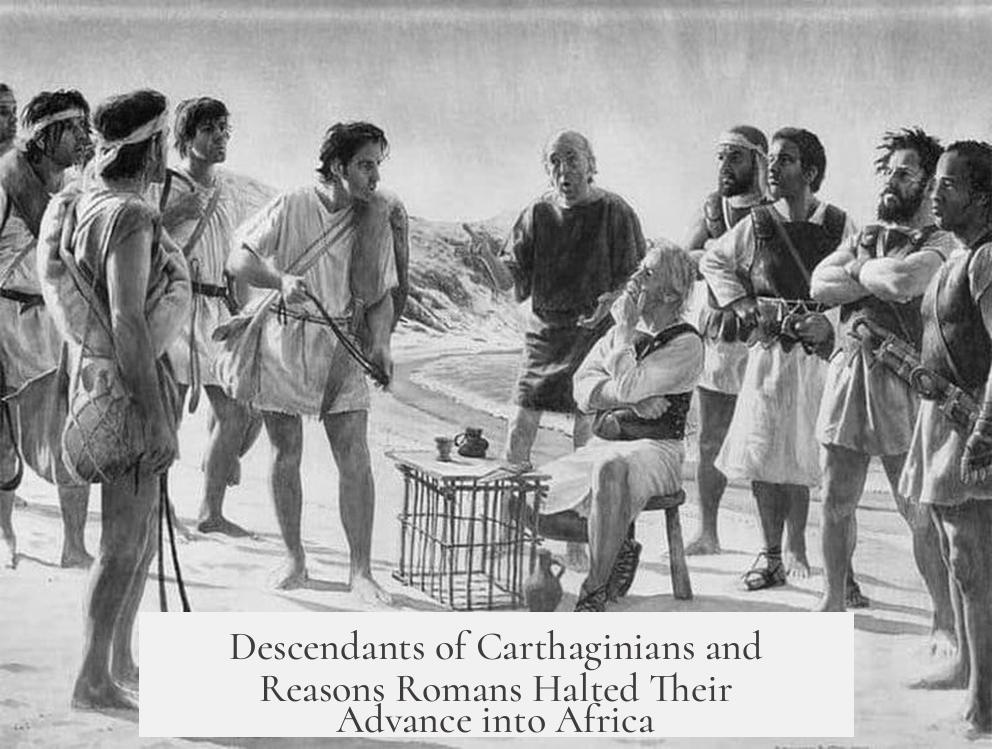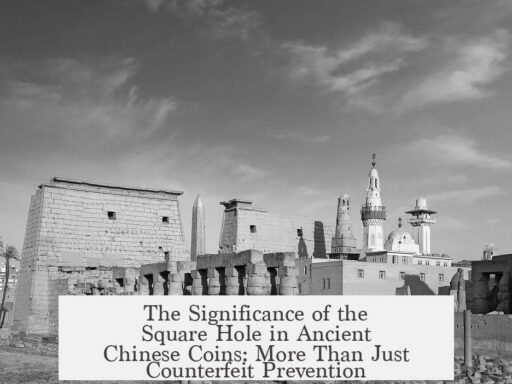The descendants of the Carthaginians are the modern Lebanese people, who trace their origins to the ancient Phoenicians, also known as Canaanites. The Carthaginians were originally settlers from the Phoenician city of Tyr, located along the Levantine coast. This colony grew to become Carthage, an influential city-state in North Africa. After Alexander the Great sacked Tyr, Carthage probably gained independence, establishing itself as a free city. The legacy of the Phoenician settlers lives on in the Lebanese population today, reflecting a shared cultural and genetic heritage dating back to ancient times.
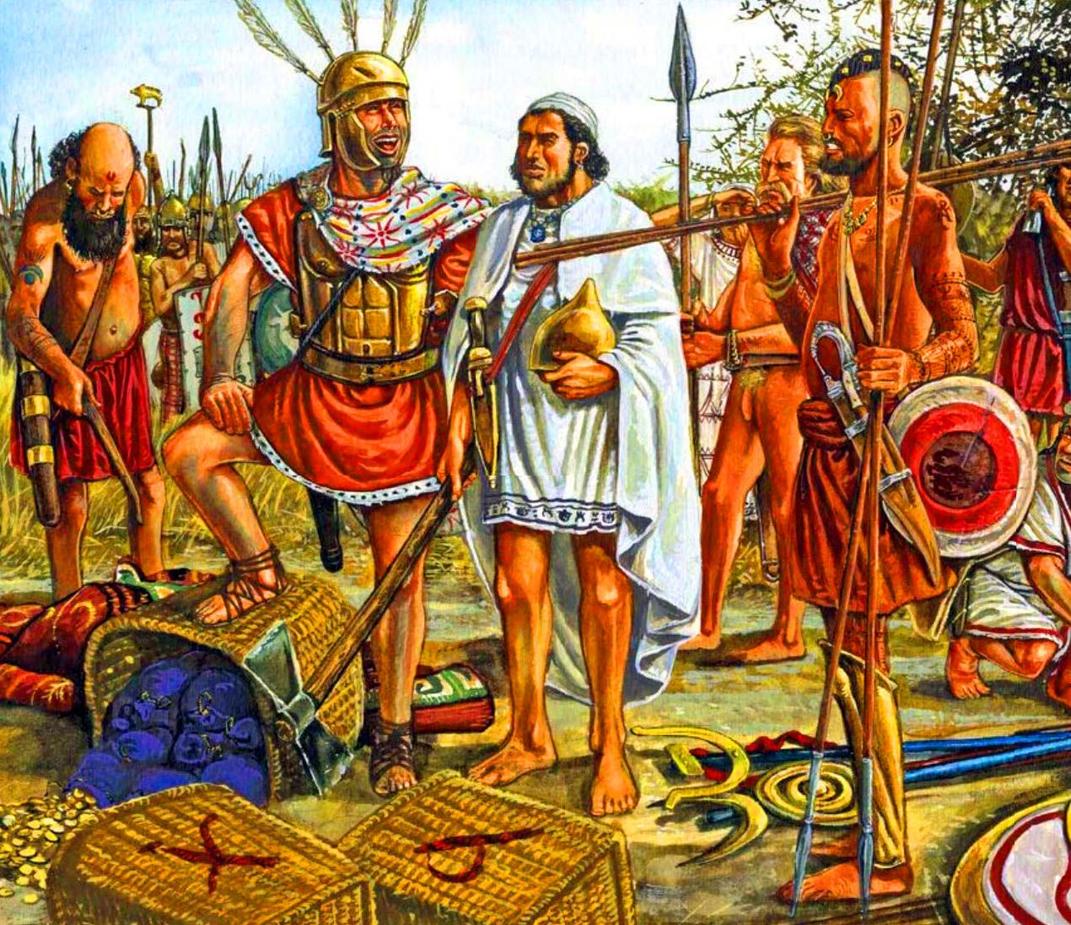
The Romans did not pursue extensive inland conquest in Africa for several strategic and environmental reasons. Their territorial control extended to the North African mountains, where they established a client kingdom called Mauritania to manage the inland regions. This pragmatic approach suggests an indirect rule was preferred over costly military campaigns deep into the interior. There was a notable revolt in Mauritania during Emperor Caligula’s reign, indicating some unrest, and the status of Mauritania after remains unclear.
Environmental conditions heavily influenced Roman decisions. North Africa’s harsh climate and natural barriers limited farther expansion. Similarly, in Egypt and the Horn of Africa, the terrain included rugged mountains and extremely hot deserts. These geographic challenges created formidable obstacles for armies and logistics. The Romans likely assessed the risk, resource cost, and strategic value and found deeper campaigns inland too dangerous and inefficient.

In summary, Carthaginian descendants link directly to the Lebanese, originating from Phoenician settlers. Roman limited inland expansion in Africa resulted from a mix of established client kingdoms, difficult revolts, and challenging natural landscapes. These factors combined to shape the Roman empire’s African boundaries.
- Carthaginians descend from Phoenician settlers of Tyr, linked to modern Lebanese people.
- Romans governed inland Africa via client states, such as Mauritania, rather than direct conquest.
- Natural barriers and hot desert climates deterred Roman inland campaigns in Africa.
- Geographical challenges in Egypt and the Horn of Africa further limited Roman expansion.
Who Are the Descendants of the Carthaginians? And Why Didn’t the Romans Push Further Into Africa?
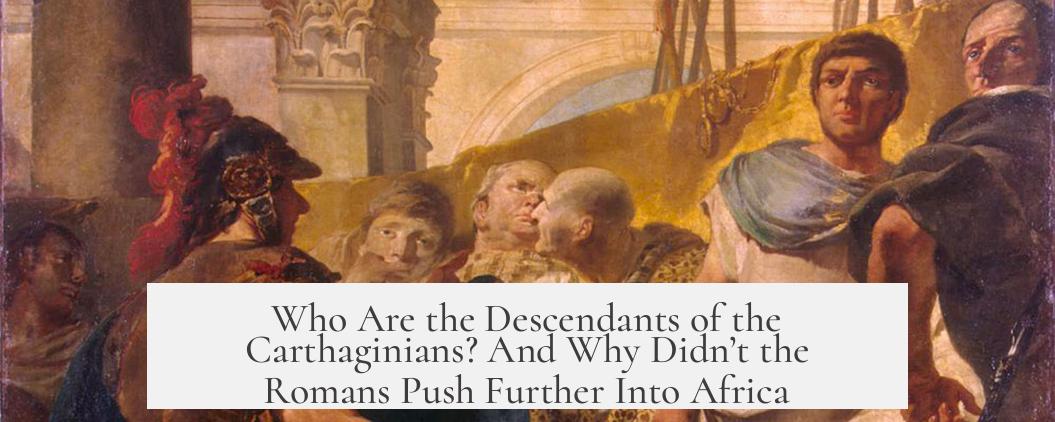
Ever wondered who the descendants of the Carthaginians are? Or why mighty Rome, known for conquering vast lands, didn’t press inland to capture more of Africa? Let’s unravel these intriguing questions with history, geography, and a splash of ancient politics.
First off: who exactly were the Carthaginians, and where have their lineages headed? The Carthaginians were a powerful civilization based in North Africa, famously rivaling Rome itself during the Punic Wars. But their roots go even deeper.
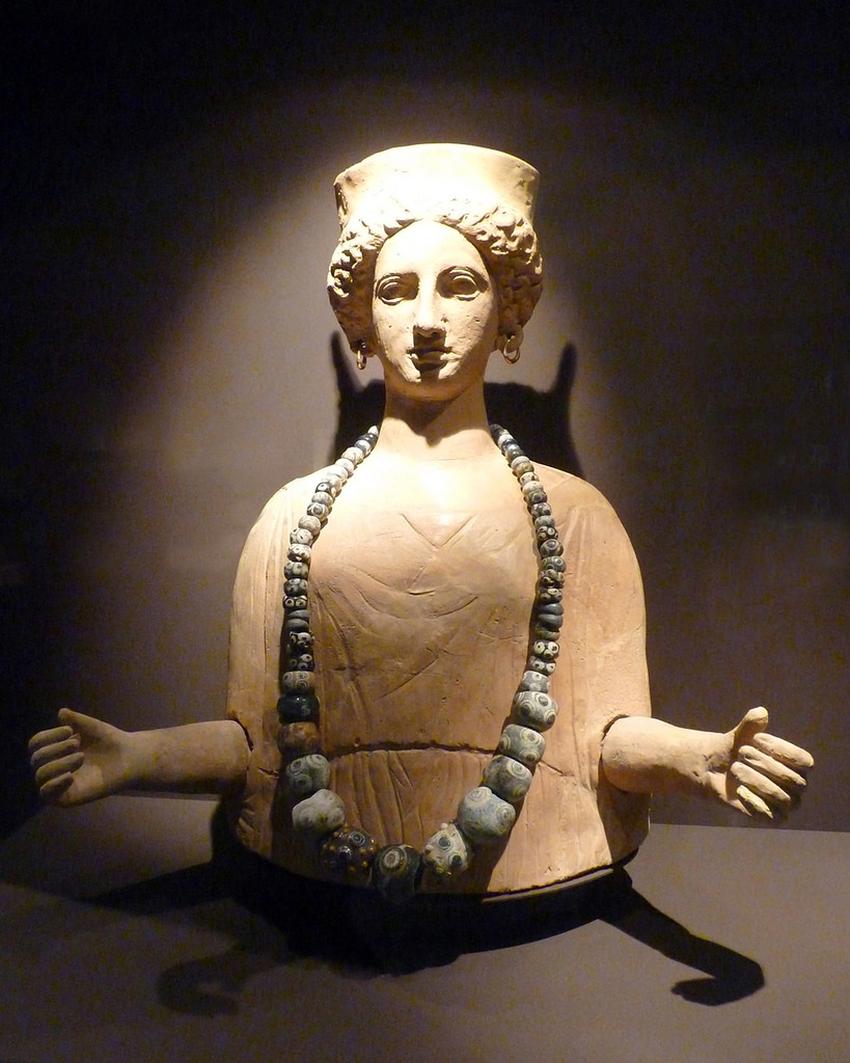
The Carthaginians and Their Phoenician Roots
Picture a coastal people known as the Phoenicians (or Canaanites, as they were alternately called). These seafaring traders hailed from the Levant, an area roughly where modern Lebanon sits. The Carthaginians originated as a colony founded by the city of Tyr, a prominent Phoenician hub.

So, the Carthaginians weren’t just Africans; they were settlers from the eastern Mediterranean region. Their mother city, Tyr, established Carthage to extend its commercial reach. Over time, Carthage grew super powerful and, after Alexander the Great sacked Tyr, they likely became an independent, free city-state.
Now, here’s the punchline about descendants: The modern-day Lebanese population would most closely resemble the descendants of the Carthaginians. Makes sense, right? They share the Phoenician ancestry that formed the genetic and cultural base of Carthage. So, when you talk Carthaginians, think Lebanese bloodlines mixed with ancient North African heritage.
Why didn’t the Romans march deep inland into Africa?
Rome famously expanded far and wide, but their African conquest seems somewhat limited, especially beyond the coast. Why?
Romans conquered the northern coastline up to the mountain ranges of North Africa. They even set up client kingdoms, like Mauritania, to govern the more rugged, mountainous interior. This strategy suggests Rome preferred influence over direct control when it came to tough terrain.
However, during Caligula’s reign in the 1st century AD, there was a revolt in Mauritania. Some historians aren’t totally sure if that region stayed fully under Roman control afterward, hinting Rome’s grip was always tenuous there.
Geography Scores Over Ambition
Here’s a big deal: climate and natural barriers played a colossal role in limiting Rome’s inland ambitions in Africa.
- North Africa’s harsh deserts and mountain ranges made it difficult for Roman legions to campaign far inland. Crossing deserts isn’t as simple as taking a leisurely stroll.
- Egypt and the Horn of Africa posed similar problems. The terrain is extremely mountainous coupled with scorching hot deserts, both natural obstacles that would exhaust soldiers and stretch supply lines thin.
- These environmental challenges made military expeditions risky and resource-intensive without clear economic or strategic gain.
Think about it: would you march thousands of soldiers through dangerous deserts with unpredictable supply lines for uncertain rewards? Rome’s answer was usually “no.” They found it more practical to maintain coastal holdings and client states where influence and trade thrived.
Did Roman Strategy Have a Long-Term Plan for Africa?
The Romans had at least partial control over some inland areas through puppet kingdoms that kept peace without draining imperial resources. That’s a classic case of “work smarter, not harder.” This approach allowed Rome to profit from Africa’s riches—grain from Egypt, minerals from the Maghreb—without committing to the logistical nightmare of deep conquest.
Besides, controlling Africa’s coast secured important Mediterranean trade routes, a priority that eclipsed any incentive to push inland.
So, What Can We Learn From This?
1. The Carthaginians trace their bloodline back to the Phoenicians and can be linked to modern Lebanese people—a fascinating dangling thread connecting ancient North Africa to the modern Middle East.
2. Rome’s limited inland expansion in Africa shows that even the most powerful empire wisely avoided overextending into hostile geography just for conquest’s sake.
3. Geography and climate act as silent yet powerful players in shaping history. They dictate where empires thrive and where borders stop.
Final Questions to Ponder
When we think of ancient peoples, do we sometimes oversimplify their identities? Carthaginians weren’t just “North Africans”—they were a cosmopolitan blend linked to the coast of the Levant. And from a military standpoint, how would history be different if Romans had tackled the Sahara and Nile’s mountains head-on? Would Africa look anciently Roman today—or would it be an empire’s graveyard?
For now, the answer lies beneath our feet in Lebanese DNA and the ruins of Carthage, and in North Africa’s sprawling deserts that stubbornly resisted Roman boots.
Who are the modern descendants of the Carthaginians?
The descendants of the Carthaginians are the modern-day Lebanese people. They trace back to the Phoenicians, who originally lived along the coast of the Levant.
What was the origin of the Carthaginian people?
The Carthaginians were colonists from the Phoenician city of Tyr. Phoenicians were also known as Canaanites and settled along the Mediterranean coast.
Why did the Romans avoid expanding far inland in Africa?
The Romans faced natural barriers like mountains and deserts. These made further conquest southward difficult and costly, limiting their expansion to the coastal and mountainous regions.
Did the Romans control inland African territories?
They controlled up to North Africa’s mountains and established client kingdoms such as Mauritania. However, revolts and tough geography prevented deeper inland control.
How did climate affect Roman campaigns in Egypt and the Horn of Africa?
The hot deserts and rough mountainous terrain made military campaigns risky. This discouraged the Romans from advancing into these regions, as the effort outweighed the benefits.
